Year in photos: The Chesapeake watershed in 2017
A look back at the diverse lives and natural wonder that make up the region
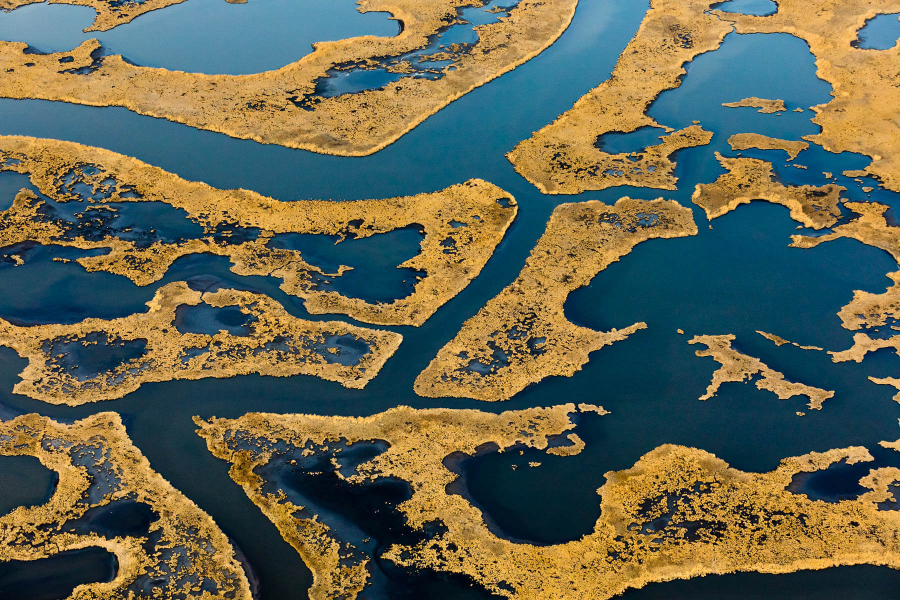
From big fish to small farms, the Chesapeake Bay watershed offers plenty of stories for a photographer to find, and a lot of room to explore—roughly 64,000 square miles across six states and the District of Columbia.
Our multimedia intern Skyler Ballard and I traveled to all six states of the watershed this year—New York, Pennsylvania, Maryland, Delaware, Virginia, and West Virginia—and the District of Columbia.
It is a challenge to cover much of the region in a given year, especially because it spreads across not only linear space but also expresses itself along many dimensions. I have found myself returning to the same places but looking at different facets of life, such as industry, recreation, education, daily life and of course wildlife.
Among the highlights were opportunities presented by the nonprofit Southwings to see parts of the Eastern Shore and the Piedmont region of Virginia from the air. Most satisfying was seeing North America’s largest salamander, the hellbender, up close.
When you think of watersheds, you can see how the people and places upstream are connected with those downstream. But you also start to recognize the unexpected connections, and I hope some of those come across in the pictures.
 Waterman Butch Walters harvests oysters on the last day of oyster season north of Deal Island, Md., on March 31. (Photo by Will Parson/Chesapeake Bay Program)
Waterman Butch Walters harvests oysters on the last day of oyster season north of Deal Island, Md., on March 31. (Photo by Will Parson/Chesapeake Bay Program)
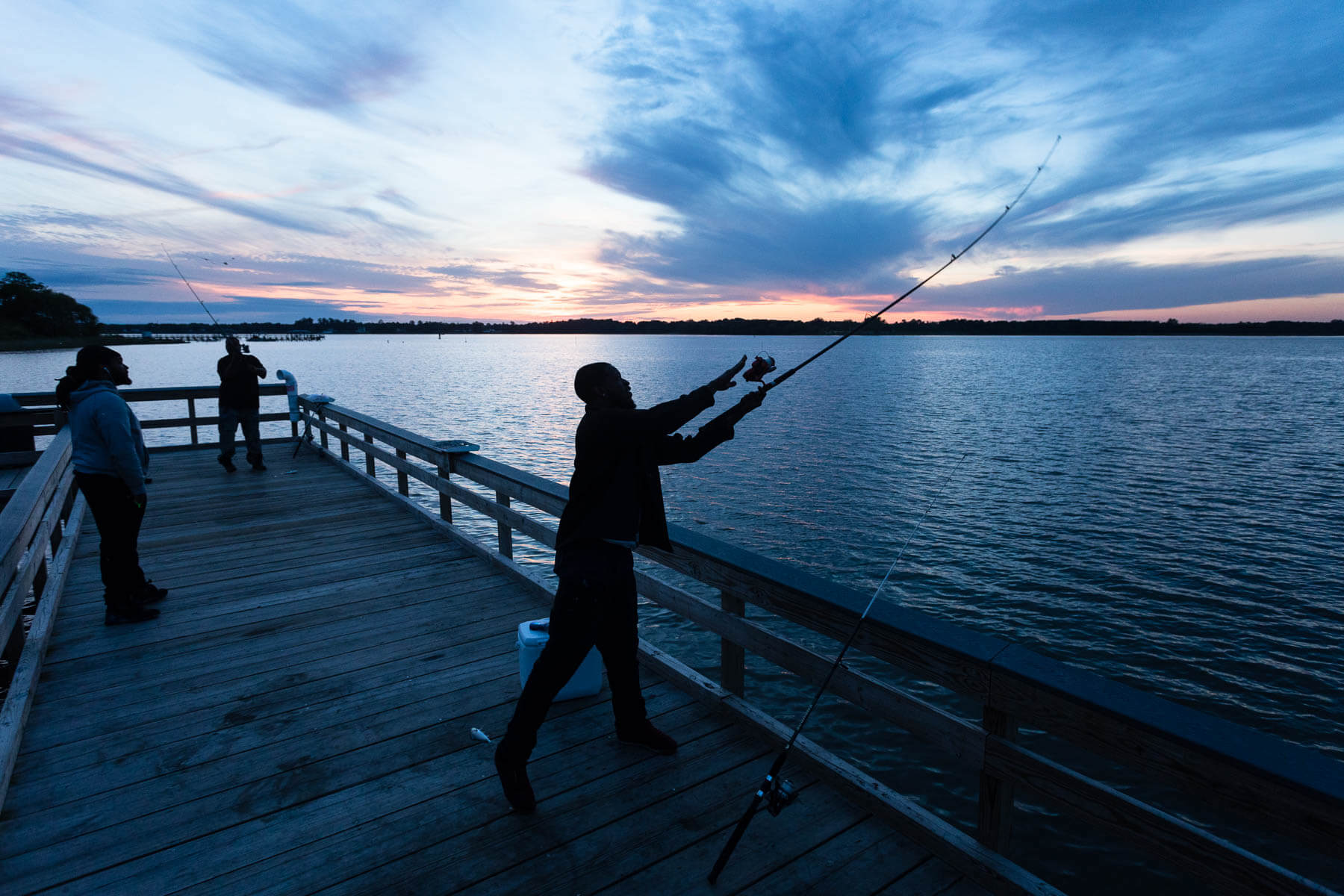 John Rogers of Suffolk, Va., fishes for croaker from the Nansemond River at Sleepy Hole Park in Suffolk on May 9. The park added the fishing pier along with an accessible kayak launch in 2016. (Photo by Will Parson/Chesapeake Bay Program)
John Rogers of Suffolk, Va., fishes for croaker from the Nansemond River at Sleepy Hole Park in Suffolk on May 9. The park added the fishing pier along with an accessible kayak launch in 2016. (Photo by Will Parson/Chesapeake Bay Program)
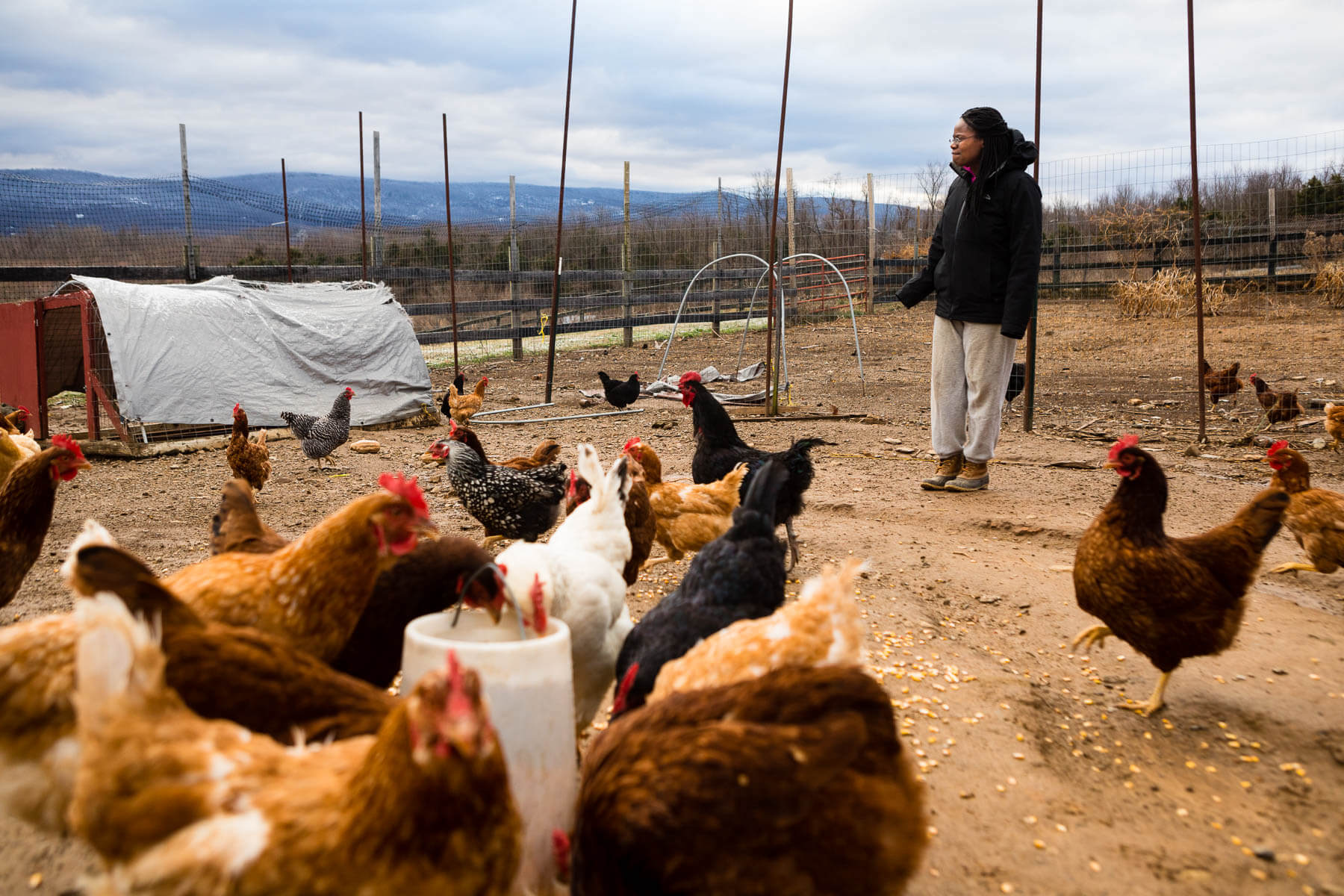 Gale Livingstone feeds chickens at Rainbow Hill Farm, her 19.5-acre certified organic farm in Jefferson County, W.Va., on Feb. 9. Livingstone moved from D.C. in 2010 and now sells produce and eggs through community supported agriculture. (Photo by Will Parson/Chesapeake Bay Program)
Gale Livingstone feeds chickens at Rainbow Hill Farm, her 19.5-acre certified organic farm in Jefferson County, W.Va., on Feb. 9. Livingstone moved from D.C. in 2010 and now sells produce and eggs through community supported agriculture. (Photo by Will Parson/Chesapeake Bay Program)
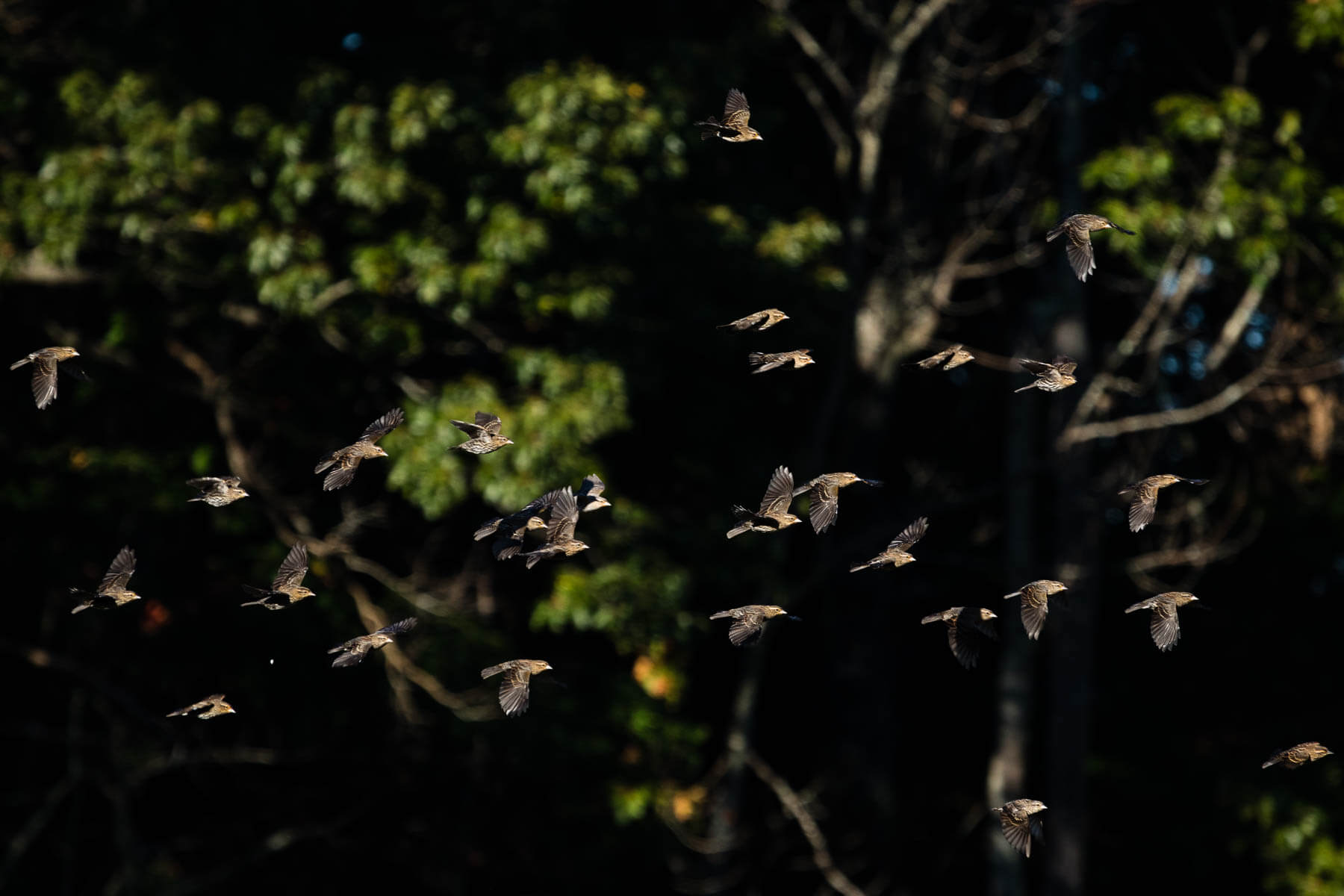 A flock of blackbirds takes off from a pond in front of woods at Logan Hill Nature Preserve in Candor, N.Y., on Oct. 1. Landowners Betsy and Dick Darlington donated the 285 acres of conserved land to the Finger Lakes Land Trust in 2015. (Photo by Will Parson/Chesapeake Bay Program)
A flock of blackbirds takes off from a pond in front of woods at Logan Hill Nature Preserve in Candor, N.Y., on Oct. 1. Landowners Betsy and Dick Darlington donated the 285 acres of conserved land to the Finger Lakes Land Trust in 2015. (Photo by Will Parson/Chesapeake Bay Program)
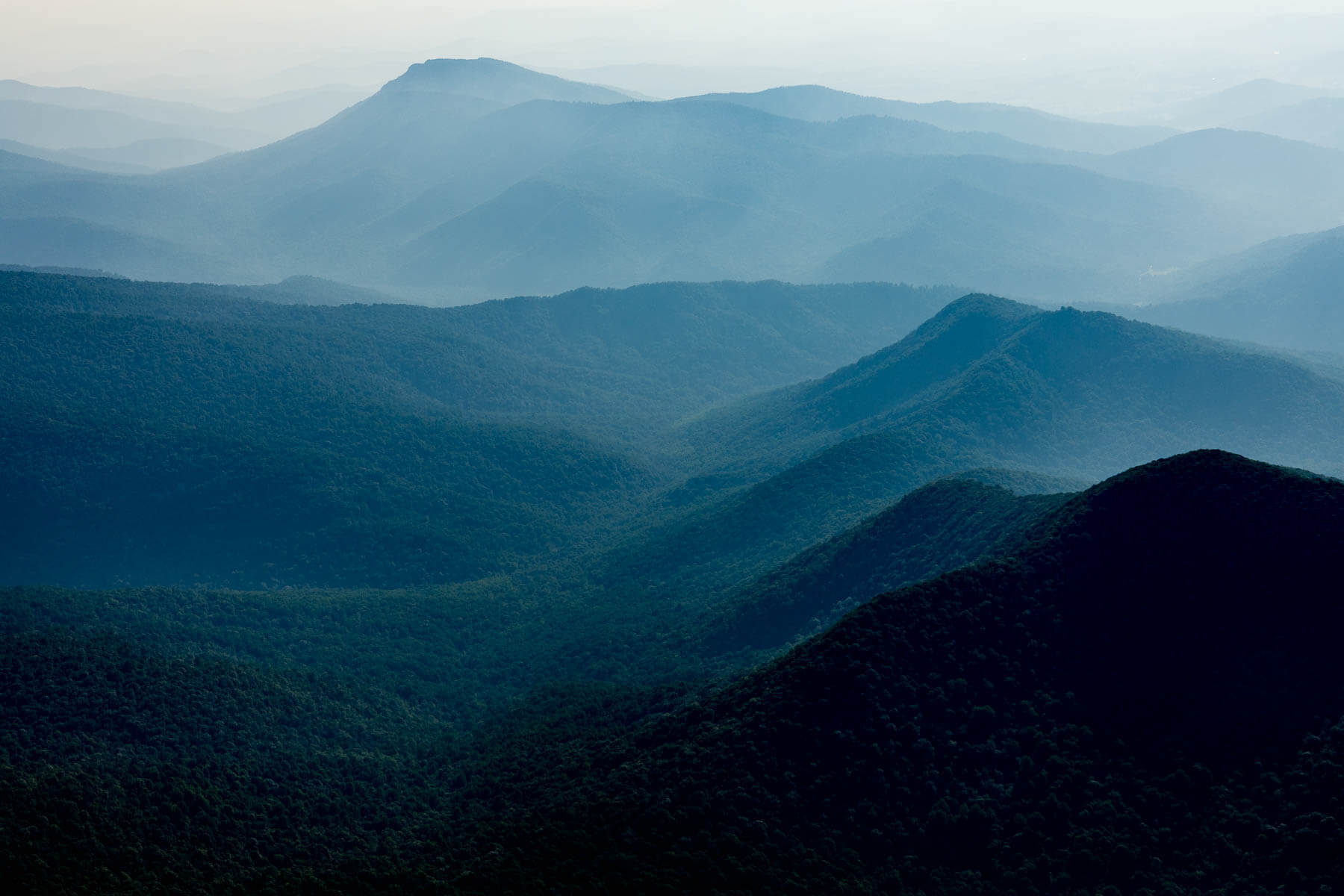 The headwaters of the Rapidan River flow through mountains near Skyline Drive in Shenandoah National Park on July 21. (Photo by Will Parson/Chesapeake Bay Program)
The headwaters of the Rapidan River flow through mountains near Skyline Drive in Shenandoah National Park on July 21. (Photo by Will Parson/Chesapeake Bay Program)
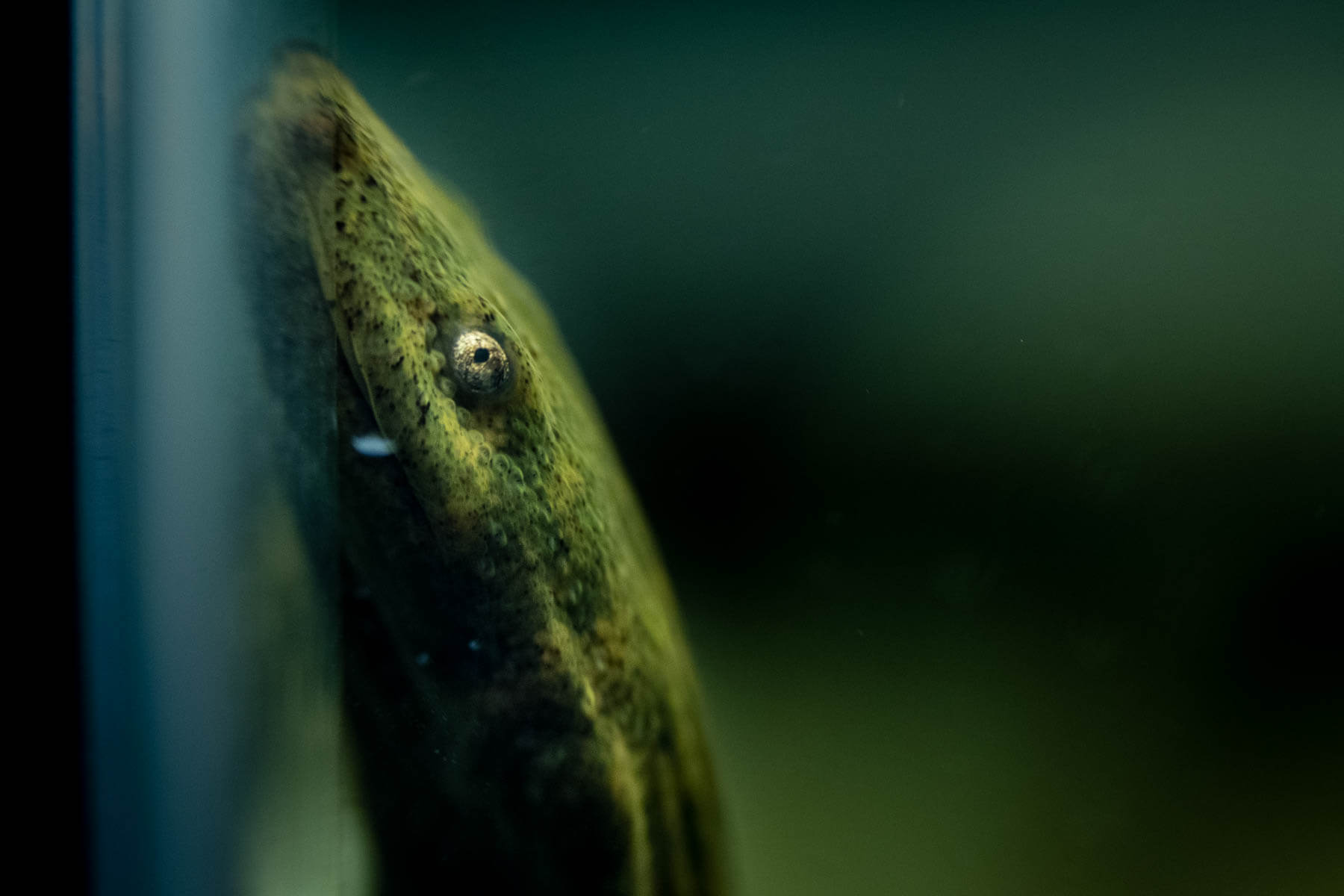 A two-year-old Eastern hellbender, photographed on Oct. 1, is one of 100 that are being raised in captivity in central New York in order to be released into the Susquehanna River watershed. Hellbenders need cold, clean, and swift-running water to survive and reproduce, and the species has declined significantly in recent decades. (Photo by Will Parson/Chesapeake Bay Program)
A two-year-old Eastern hellbender, photographed on Oct. 1, is one of 100 that are being raised in captivity in central New York in order to be released into the Susquehanna River watershed. Hellbenders need cold, clean, and swift-running water to survive and reproduce, and the species has declined significantly in recent decades. (Photo by Will Parson/Chesapeake Bay Program)
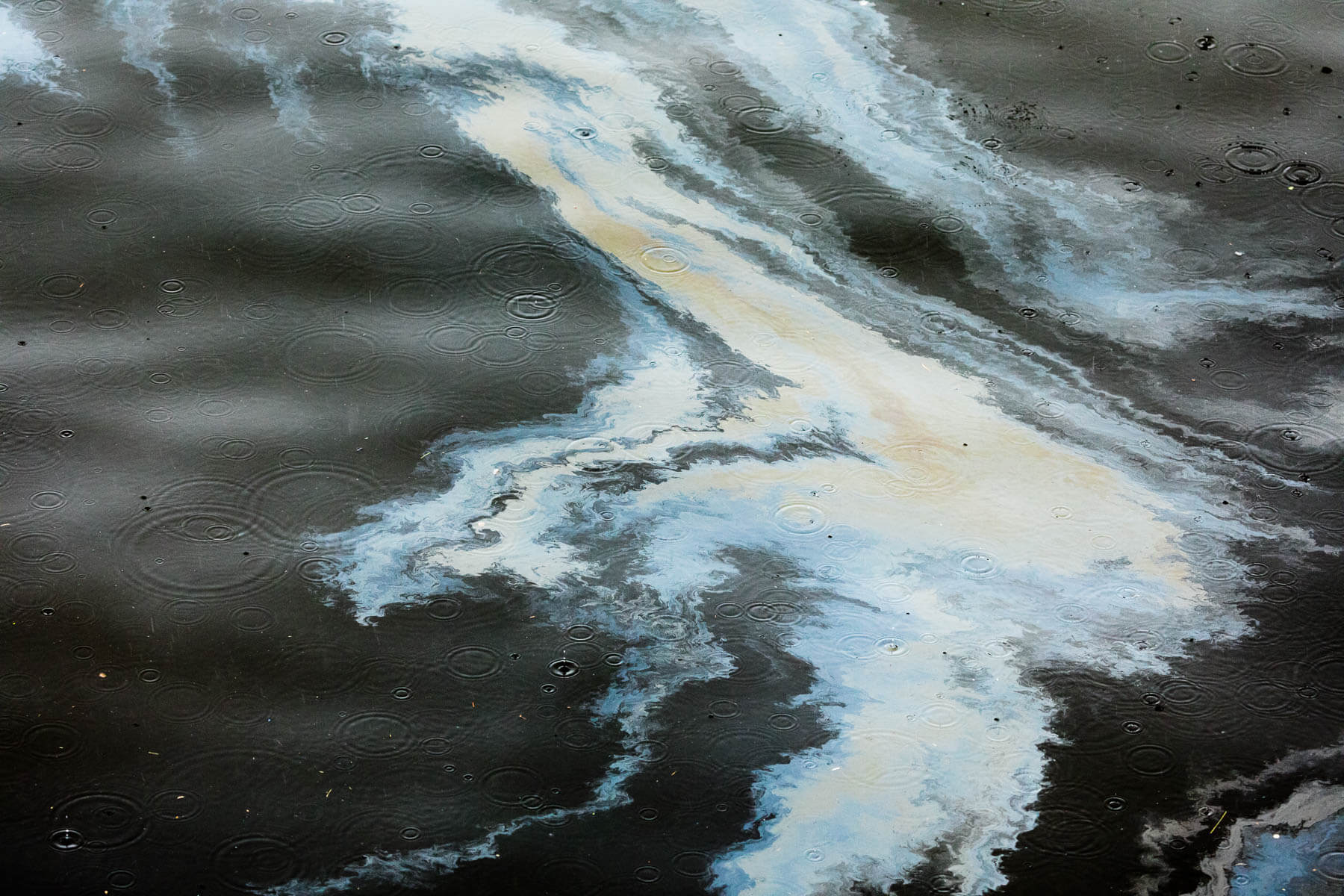 Rain washes chemical contaminants such as gasoline off of pavement and straight into Spa Creek in Annapolis, Md., on April 6. (Photo by Will Parson/Chesapeake Bay Program)
Rain washes chemical contaminants such as gasoline off of pavement and straight into Spa Creek in Annapolis, Md., on April 6. (Photo by Will Parson/Chesapeake Bay Program)
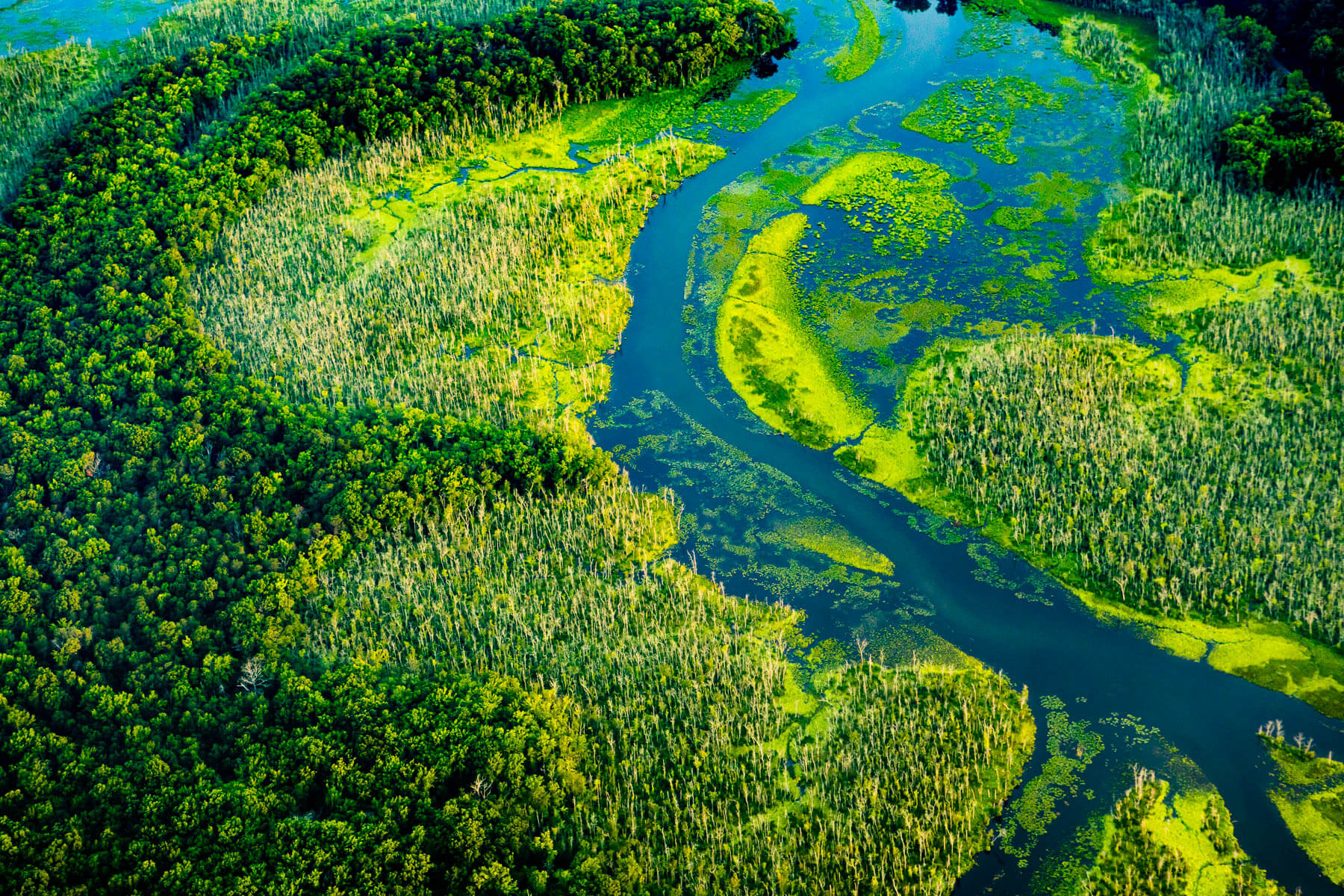 The headwaters of Mattawoman Creek flow through the 1,300-acre Mattawoman Natural Environmental Area in Charles County, Md., on July 21. The estuarine parts of the creek are considered a model for a fully restored Chesapeake Bay. (Photo by Will Parson/Chesapeake Bay Program)
The headwaters of Mattawoman Creek flow through the 1,300-acre Mattawoman Natural Environmental Area in Charles County, Md., on July 21. The estuarine parts of the creek are considered a model for a fully restored Chesapeake Bay. (Photo by Will Parson/Chesapeake Bay Program)
 Andrea Christie of Washington, D.C., exercises during a self defense class in front of a mural at East Capitol Urban Farm in Washington on July 27. The three-acre farm features dozens of community garden beds, an aquaponics system, a rain garden and community art. (Photo by Will Parson/Chesapeake Bay Program)
Andrea Christie of Washington, D.C., exercises during a self defense class in front of a mural at East Capitol Urban Farm in Washington on July 27. The three-acre farm features dozens of community garden beds, an aquaponics system, a rain garden and community art. (Photo by Will Parson/Chesapeake Bay Program)
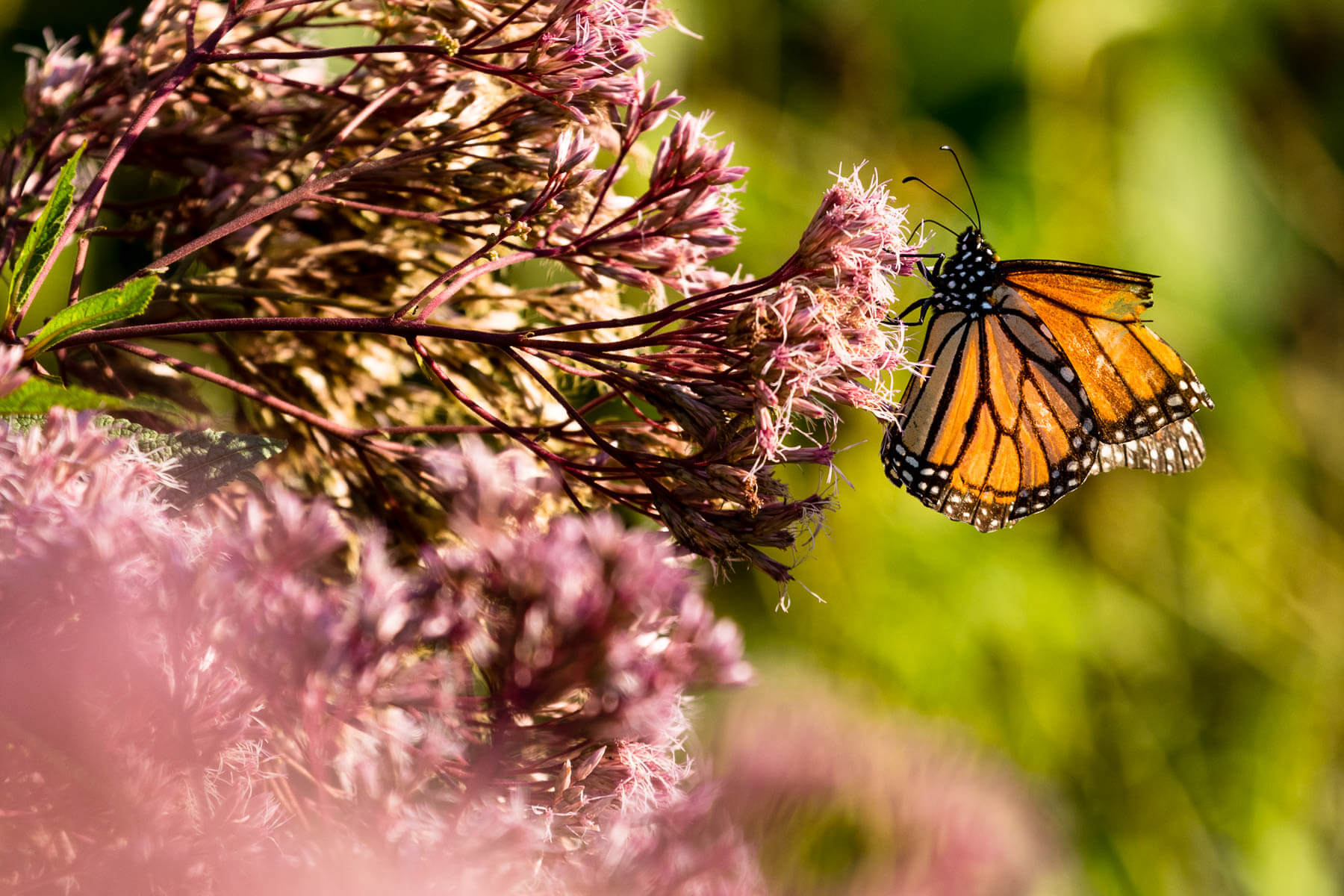 A monarch butterfly with damaged wings feeds on joe pye weed in a pollinator garden at the Alliance for the Chesapeake Bay in Annapolis, Md., on Aug. 9. Monarchs go through multiple generations before making a fall migration to Mexico to overwinter. (Photo by Will Parson/Chesapeake Bay Program)
A monarch butterfly with damaged wings feeds on joe pye weed in a pollinator garden at the Alliance for the Chesapeake Bay in Annapolis, Md., on Aug. 9. Monarchs go through multiple generations before making a fall migration to Mexico to overwinter. (Photo by Will Parson/Chesapeake Bay Program)
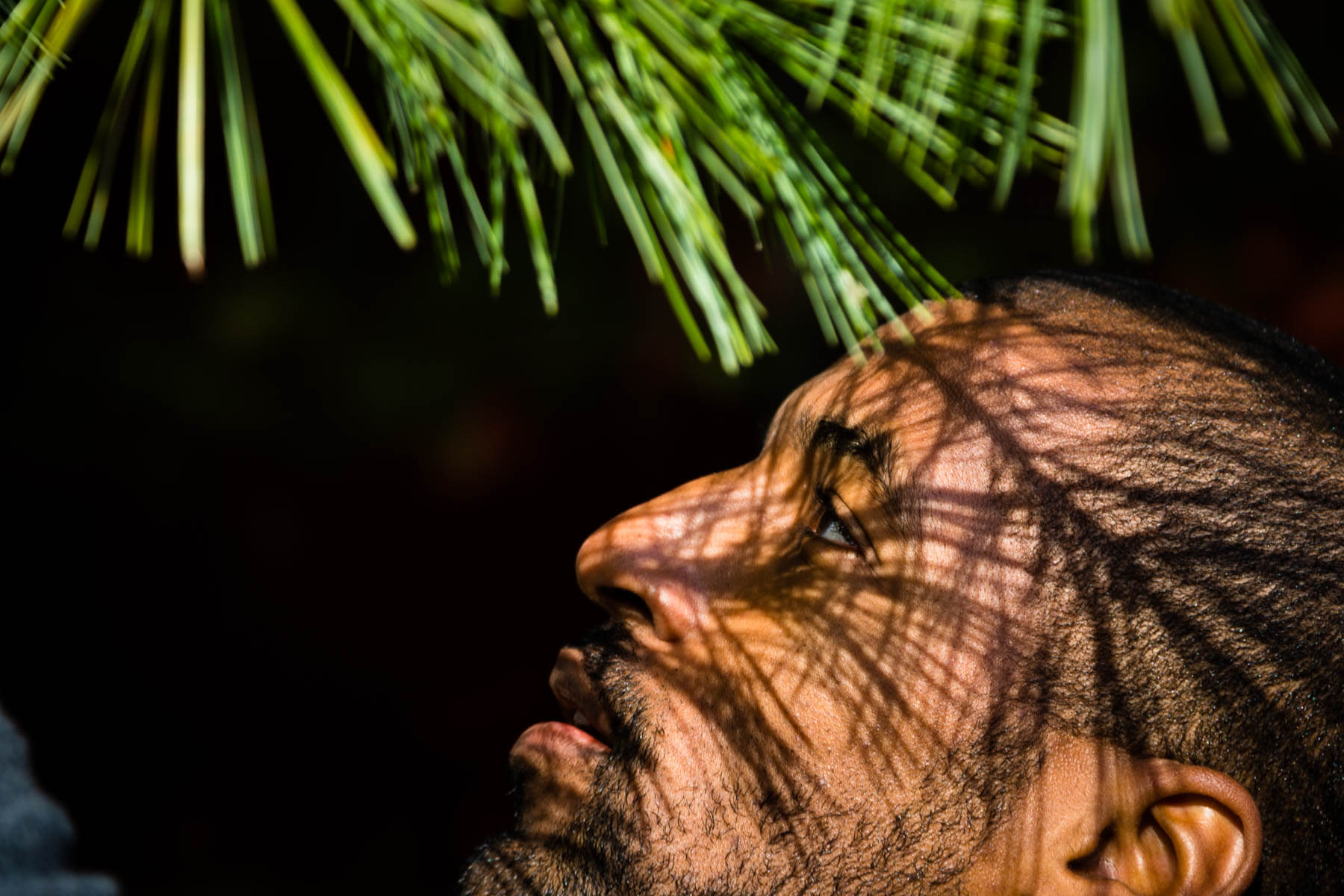 Mark Conway, executive director of the Baltimore Tree Trust, participates in a winter tree identification workshop during the Chesapeake Bay Watershed Forum in Shepherdstown, W.Va., on Nov. 4. (Photo by Will Parson/Chesapeake Bay Program)
Mark Conway, executive director of the Baltimore Tree Trust, participates in a winter tree identification workshop during the Chesapeake Bay Watershed Forum in Shepherdstown, W.Va., on Nov. 4. (Photo by Will Parson/Chesapeake Bay Program)
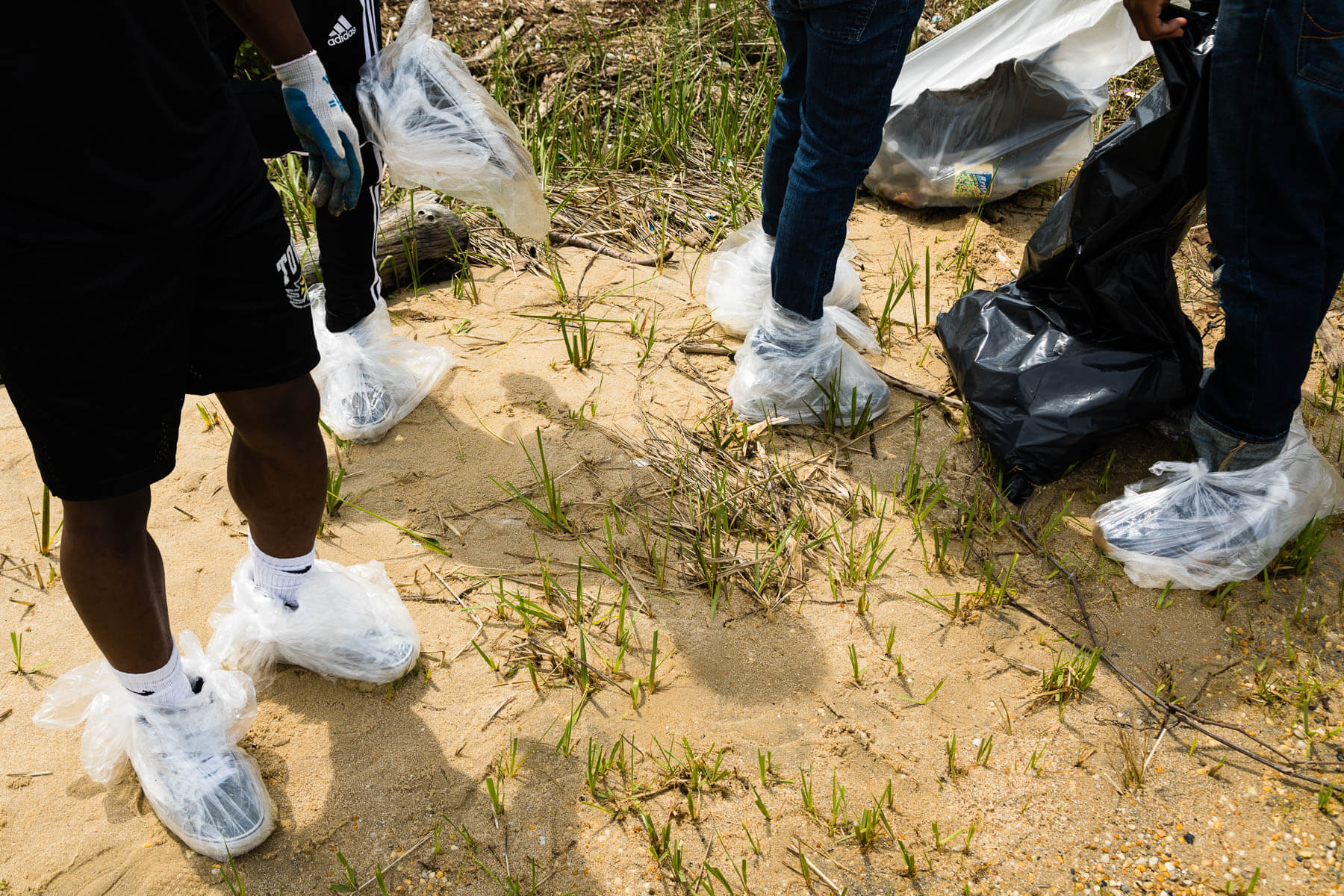 Students from Benjamin Franklin High School try to stay dry while picking up trash at Masonville Cove Environmental Education Center during the school's Senior Day of Service event in Baltimore on April 27. (Photo by Will Parson/Chesapeake Bay Program)
Students from Benjamin Franklin High School try to stay dry while picking up trash at Masonville Cove Environmental Education Center during the school's Senior Day of Service event in Baltimore on April 27. (Photo by Will Parson/Chesapeake Bay Program)
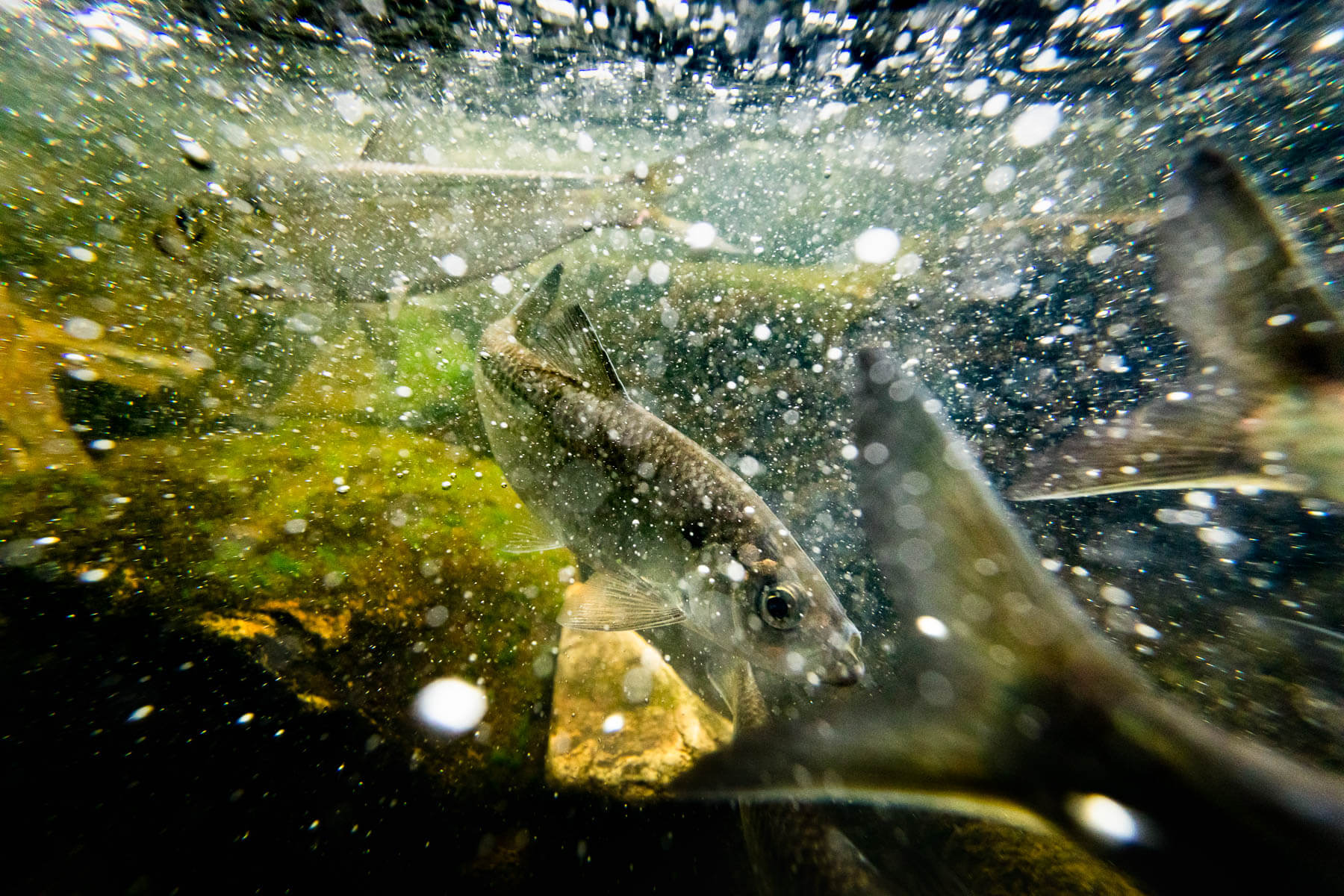 Alewife swim against the current where thousands of herring gather to spawn in a tributary of the Chesapeake Bay in Cecil County, Md., on April 20. River herring like the alewife and the American shad are anadromous fish that live off the Atlantic coast as adults but journey into freshwater to spawn every spring. Often that journey ends at dams that have cut off miles of upstream habitat. (Photo by Will Parson/Chesapeake Bay Program)
Alewife swim against the current where thousands of herring gather to spawn in a tributary of the Chesapeake Bay in Cecil County, Md., on April 20. River herring like the alewife and the American shad are anadromous fish that live off the Atlantic coast as adults but journey into freshwater to spawn every spring. Often that journey ends at dams that have cut off miles of upstream habitat. (Photo by Will Parson/Chesapeake Bay Program)
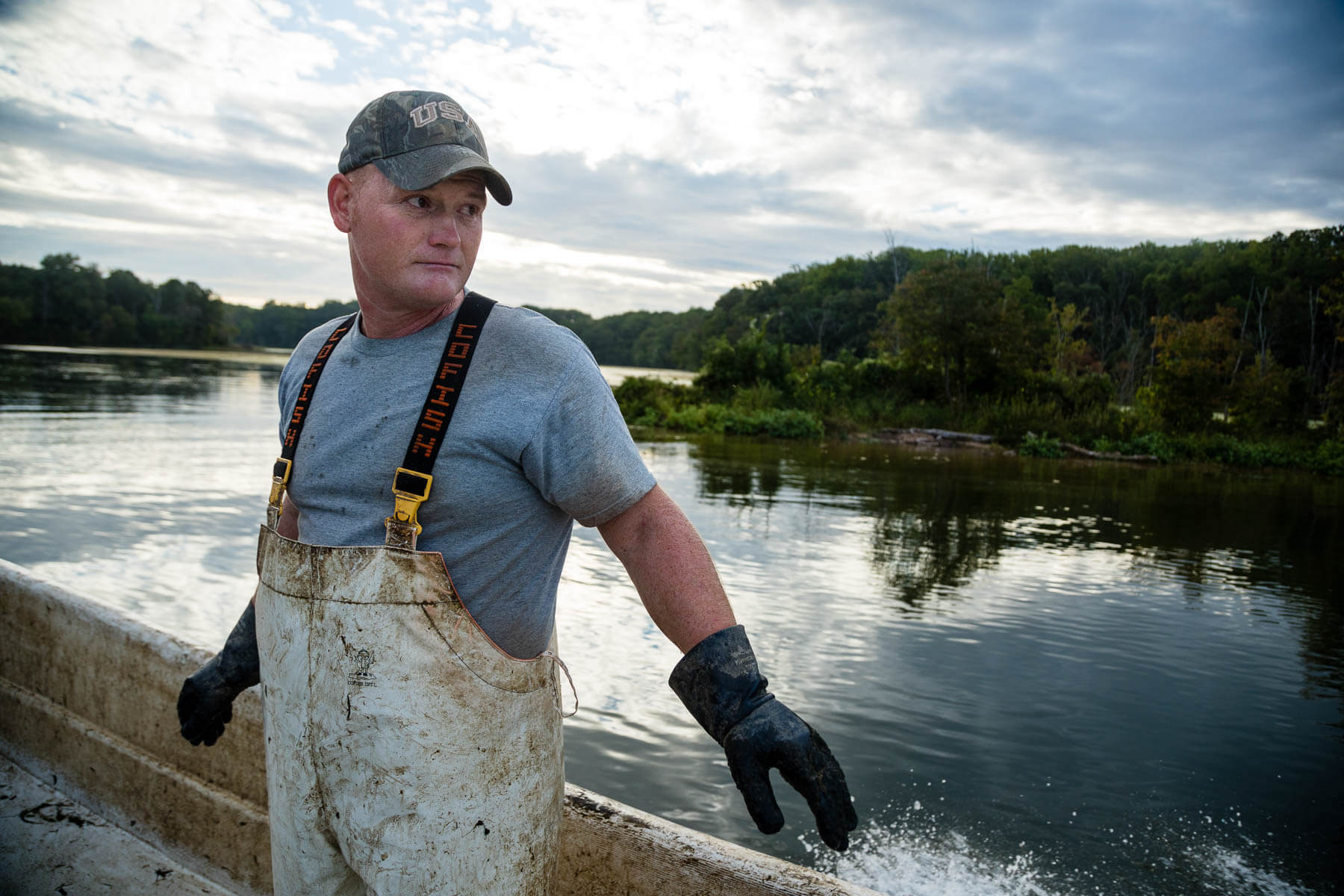 Fourth generation waterman Rocky Rice checks fish pots on the Potomac River in Charles County, Md., on Sept. 207. Rice can catch up to 1,200 pounds of blue catfish, an invasive species. Rice has increased the time he spends catching them—three days a week—as market demand has increased. (Photo by Will Parson/Chesapeake Bay Program)
Fourth generation waterman Rocky Rice checks fish pots on the Potomac River in Charles County, Md., on Sept. 207. Rice can catch up to 1,200 pounds of blue catfish, an invasive species. Rice has increased the time he spends catching them—three days a week—as market demand has increased. (Photo by Will Parson/Chesapeake Bay Program)
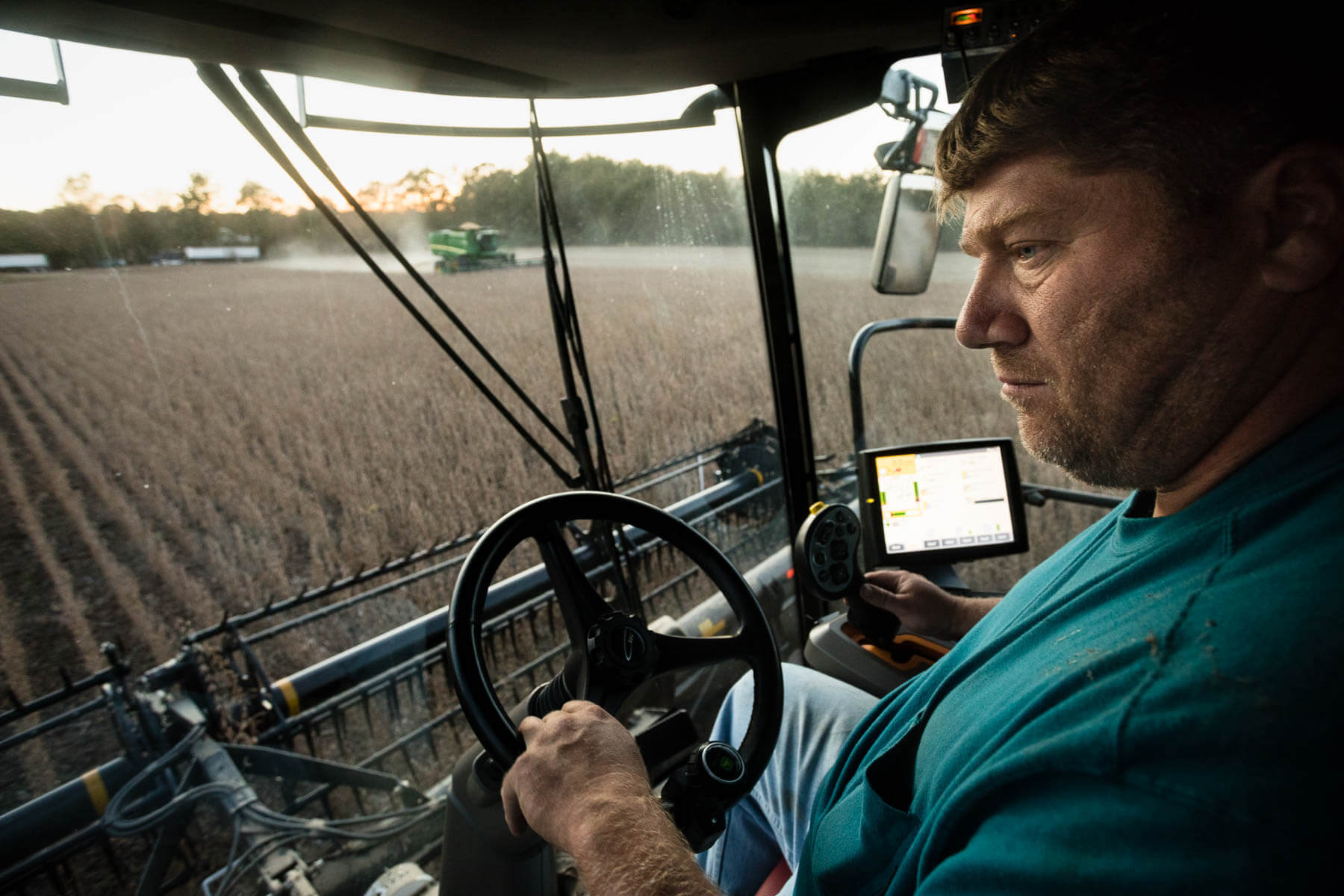 John Clough harvests soybeans with his brother Justin Clough in a pair of combines in Caroline County, Md., on Oct. 18. An illuminated screen gives Clough real-time information such as yield and moisture averages that allow him to make adjustments to the harvest. (Photo by Will Parson/Chesapeake Bay Program)
John Clough harvests soybeans with his brother Justin Clough in a pair of combines in Caroline County, Md., on Oct. 18. An illuminated screen gives Clough real-time information such as yield and moisture averages that allow him to make adjustments to the harvest. (Photo by Will Parson/Chesapeake Bay Program)
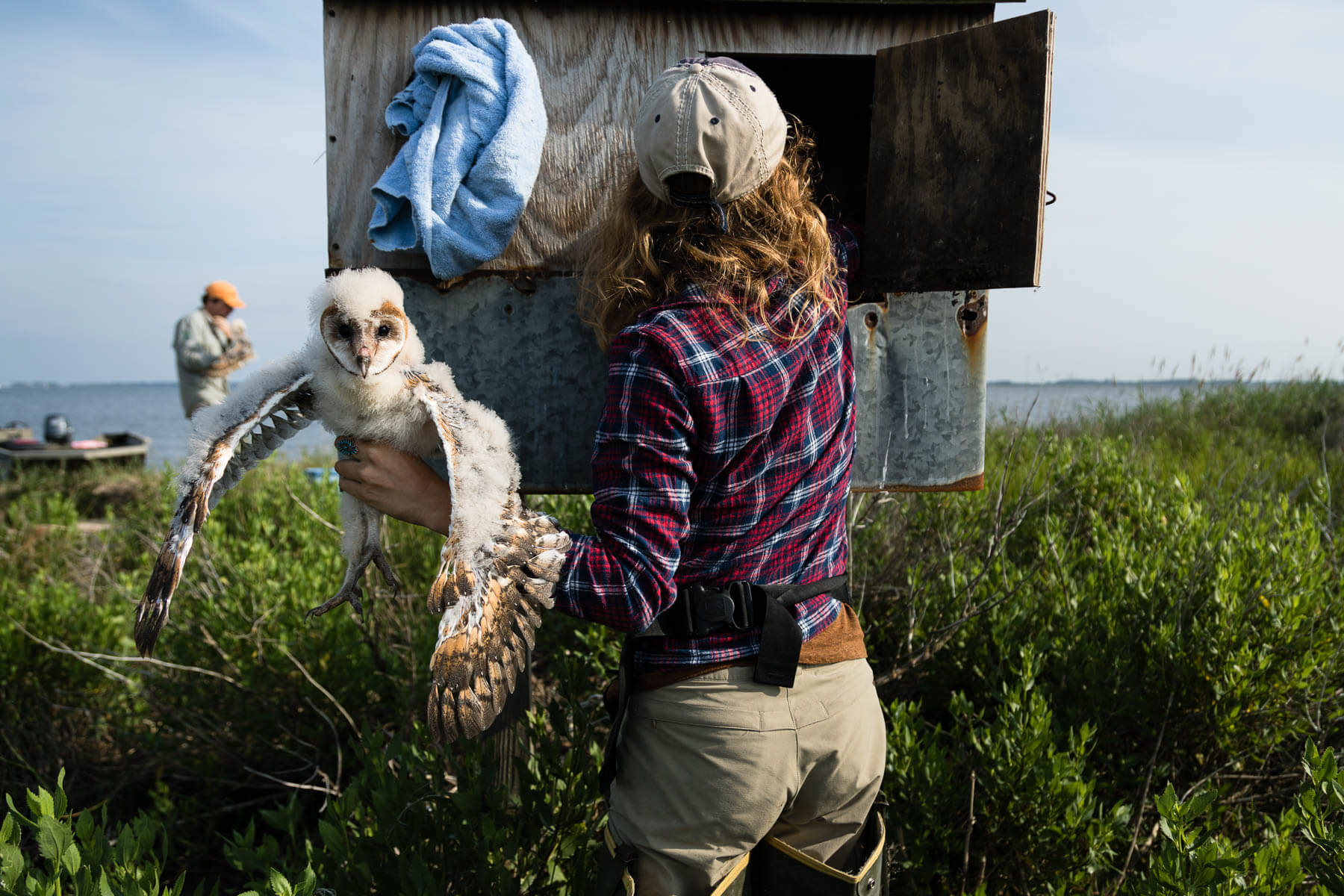 Marion Clement and stewardship coordinator Chris Snow, left, band juvenile barn owls at Monie Bay, part of the Chesapeake Bay National Estuarine Research Reserve in Somerset County, Md., on June 15. Clement previously worked as a Chesapeake Conservation Corps intern at the reserve, where she established a network of water trails to encourage public access. (Photo by Skyler Ballard/Chesapeake Bay Program)
Marion Clement and stewardship coordinator Chris Snow, left, band juvenile barn owls at Monie Bay, part of the Chesapeake Bay National Estuarine Research Reserve in Somerset County, Md., on June 15. Clement previously worked as a Chesapeake Conservation Corps intern at the reserve, where she established a network of water trails to encourage public access. (Photo by Skyler Ballard/Chesapeake Bay Program)
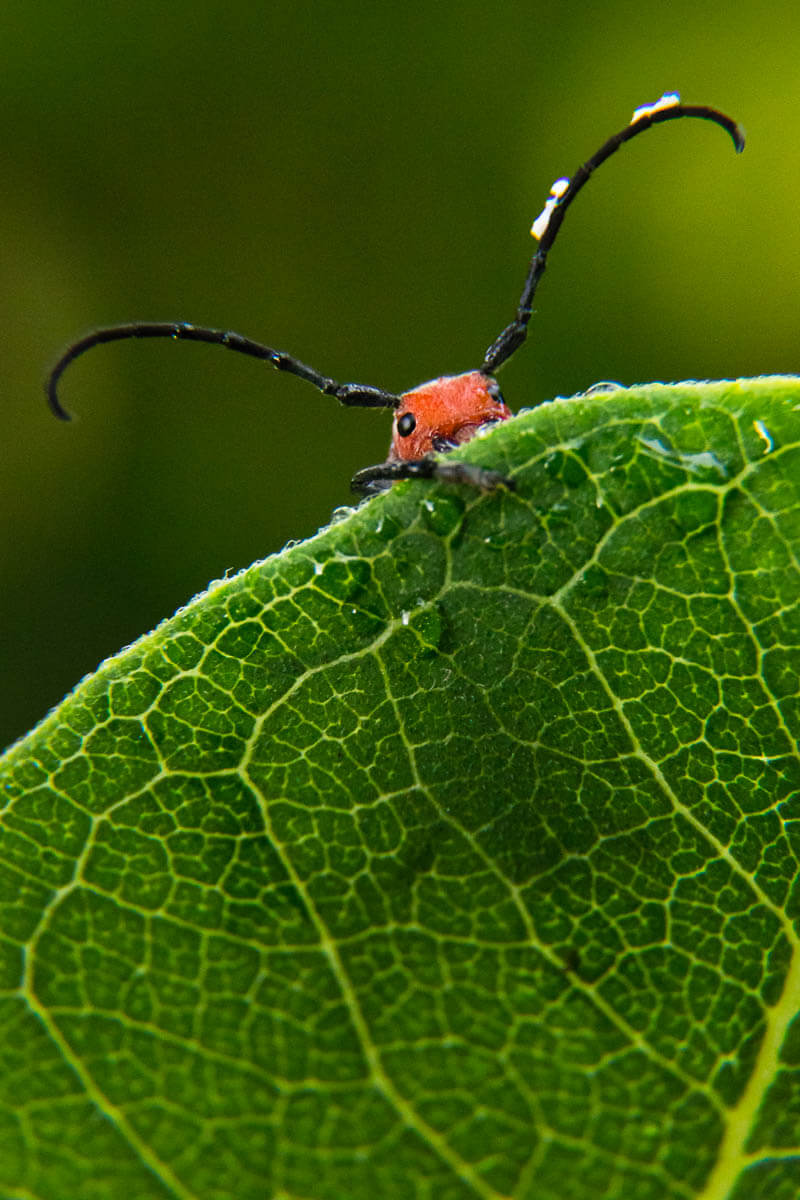 Red milkweed beetles feed on common milkweed in Annapolis, Md., on June 19. Red milkweed beetles emerge from milkweed roots in early summer and feed on milkweed leaves, flowers and buds. Like monarch butterflies, these long-horned beetles take on the toxic properties of milkweed, making their striking colors a warning to would-be predators. (Photo by Will Parson/Chesapeake Bay Program)
Red milkweed beetles feed on common milkweed in Annapolis, Md., on June 19. Red milkweed beetles emerge from milkweed roots in early summer and feed on milkweed leaves, flowers and buds. Like monarch butterflies, these long-horned beetles take on the toxic properties of milkweed, making their striking colors a warning to would-be predators. (Photo by Will Parson/Chesapeake Bay Program)
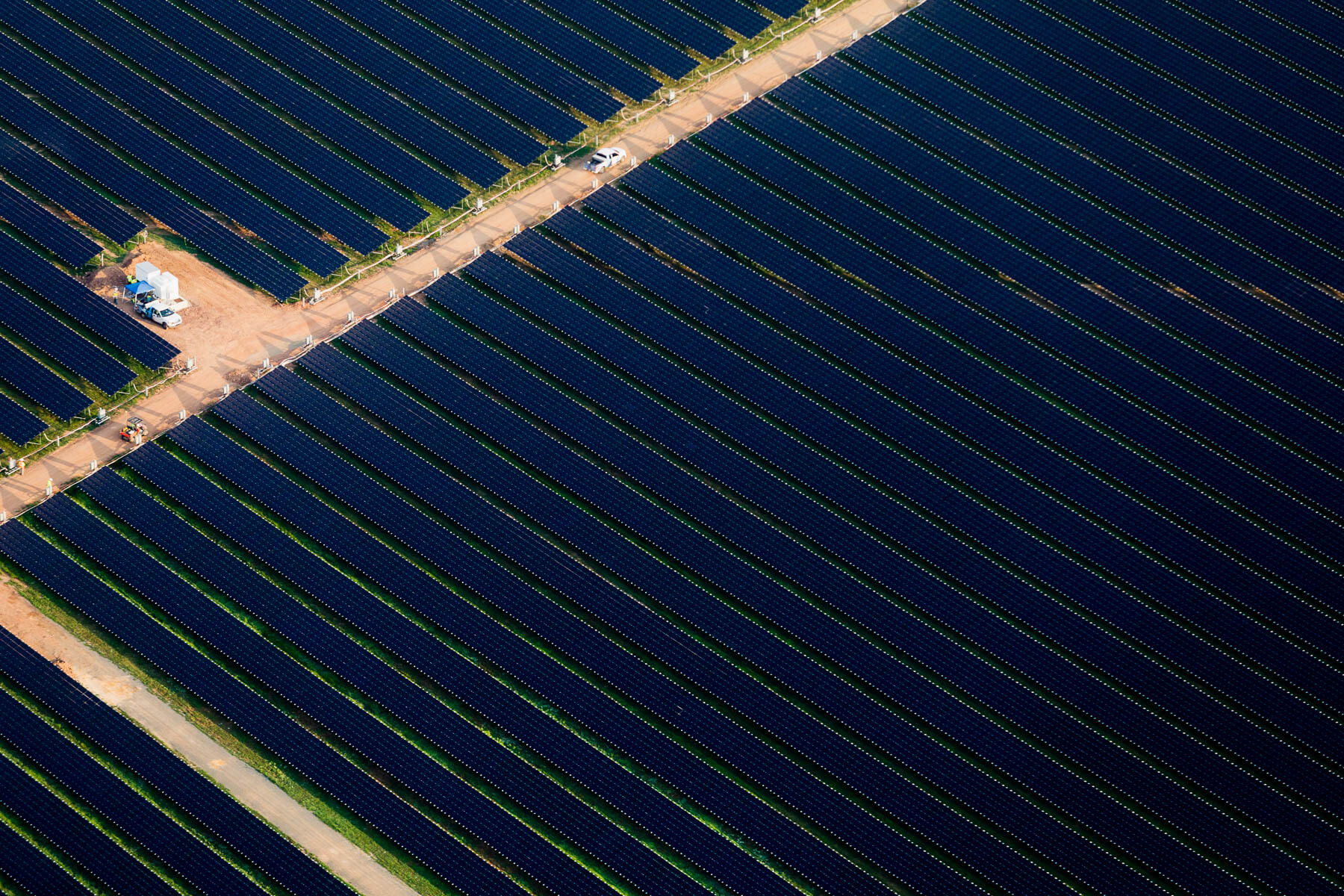 Construction continues on the Remington Solar Power Facility in Fauquier County, Va., on July 21. The facility is the result of a partnership including Dominion Energy, Microsoft, and the Commonwealth of Virginia, which will receive enough electricity to power 5,000 homes. (Photo by Will Parson/Chesapeake Bay Program)
Construction continues on the Remington Solar Power Facility in Fauquier County, Va., on July 21. The facility is the result of a partnership including Dominion Energy, Microsoft, and the Commonwealth of Virginia, which will receive enough electricity to power 5,000 homes. (Photo by Will Parson/Chesapeake Bay Program)
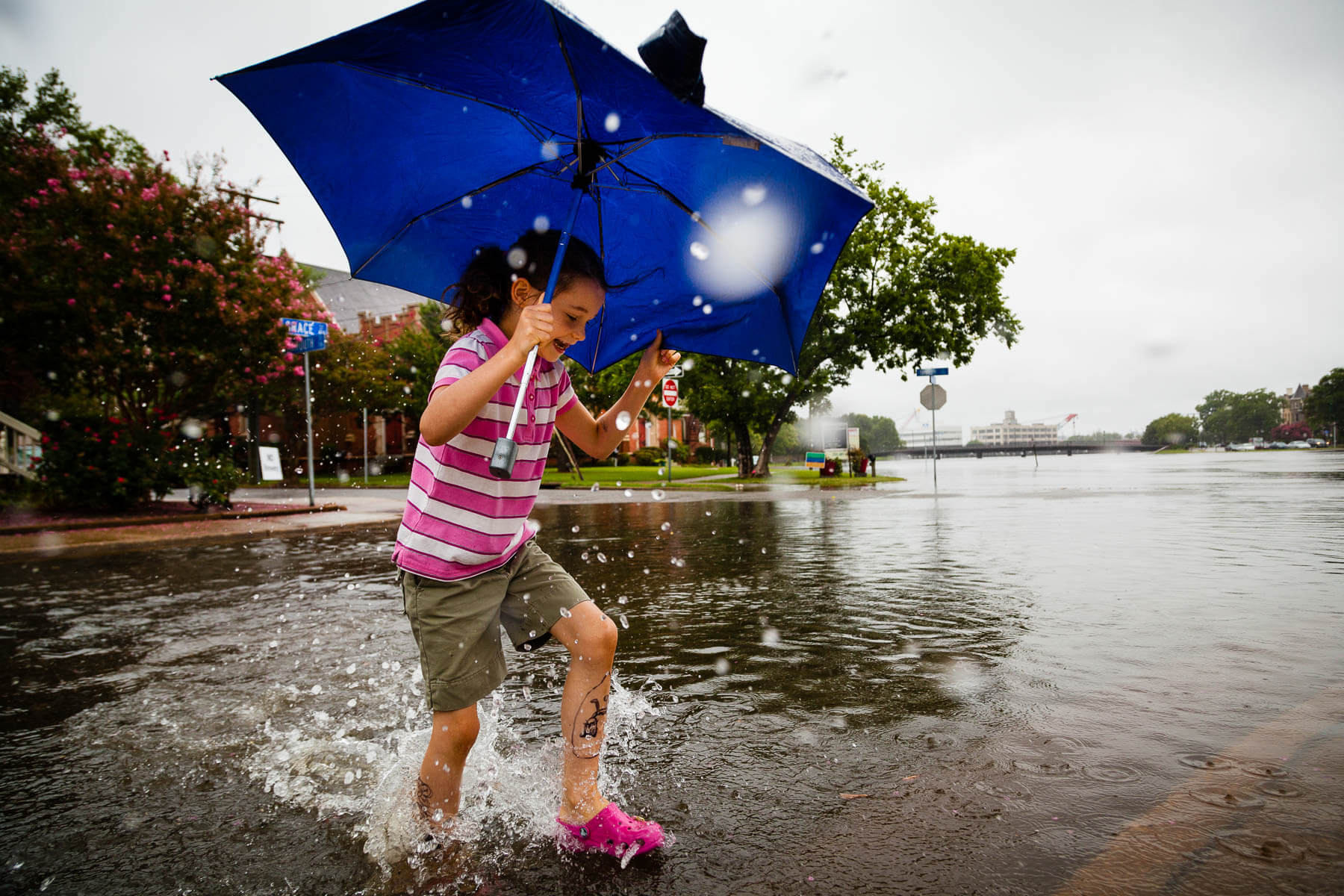 A child plays in nuisance flooding—a phenomenon commonly associated with tides instead of weather— near the Chrysler Museum of Art in Norfolk, Va., after heavy rainfall on July 29. Climate change and land subsidence have combined to make Norfolk second only to New Orleans in terms of population size threatened by sea level rise. (Photo by Skyler Ballard/Chesapeake Bay Program)
A child plays in nuisance flooding—a phenomenon commonly associated with tides instead of weather— near the Chrysler Museum of Art in Norfolk, Va., after heavy rainfall on July 29. Climate change and land subsidence have combined to make Norfolk second only to New Orleans in terms of population size threatened by sea level rise. (Photo by Skyler Ballard/Chesapeake Bay Program)
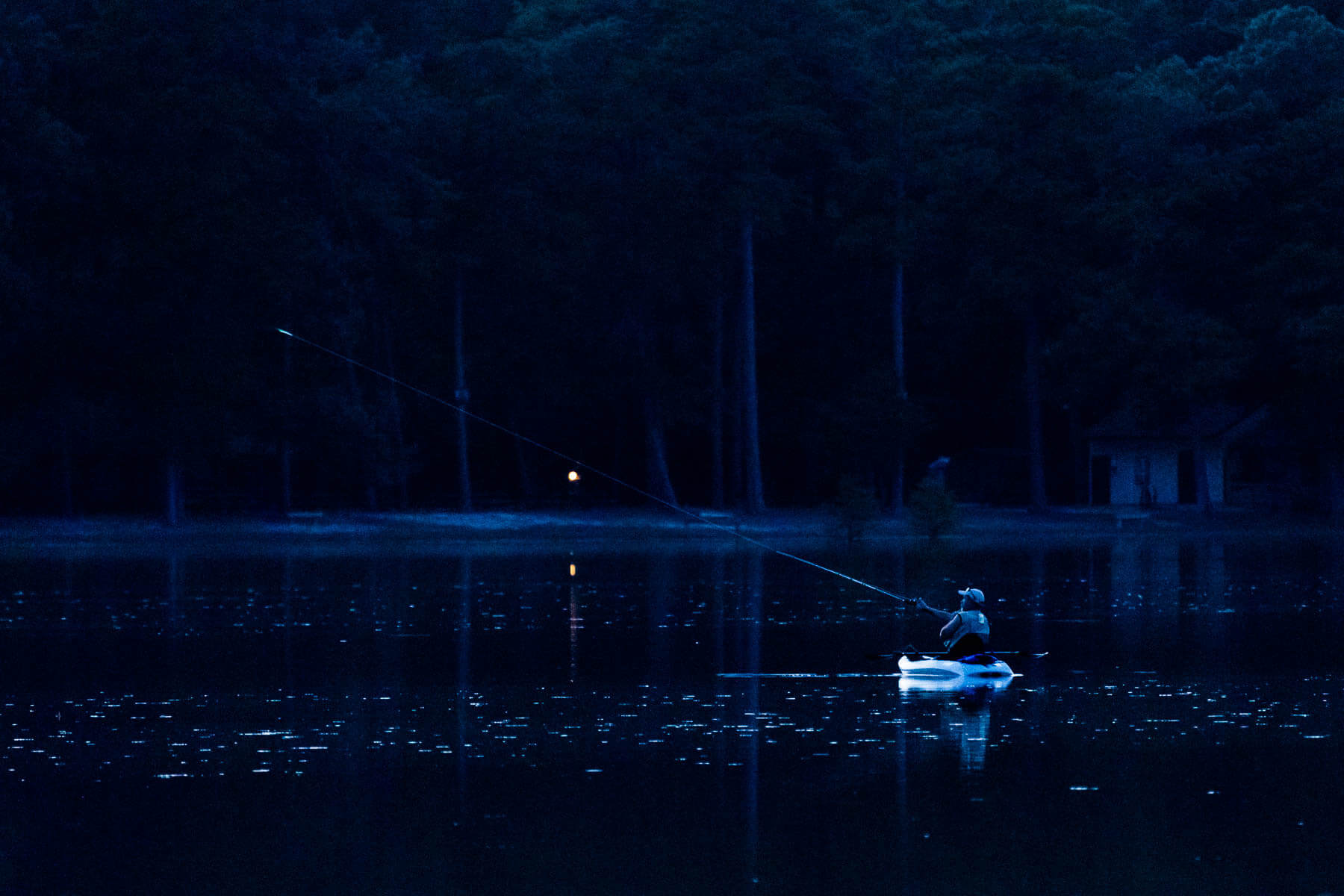 A man casts his fishing line during twilight at Trap Pond State Park in Sussex County, Del., on Oct. 6. The park holds remnants of a vast cypress swamp that covered 50,000 acres of southern Delaware before colonial times. (Photo by Will Parson/Chesapeake Bay Program)
A man casts his fishing line during twilight at Trap Pond State Park in Sussex County, Del., on Oct. 6. The park holds remnants of a vast cypress swamp that covered 50,000 acres of southern Delaware before colonial times. (Photo by Will Parson/Chesapeake Bay Program)

Comments
Wonderful images!
Outstanding photos and work to save our Planet. Thank you!
Will Parson -- simply beautiful photographs and great descriptions. Thanks for sharing them.
Photos of life in and around the Chesapeake Bay always make me happier! Thank you for sharing.
Thank you!
Your comment has been received. Before it can be published, the comment will be reviewed by our team to ensure it adheres with our rules of engagement.
Back to recent stories